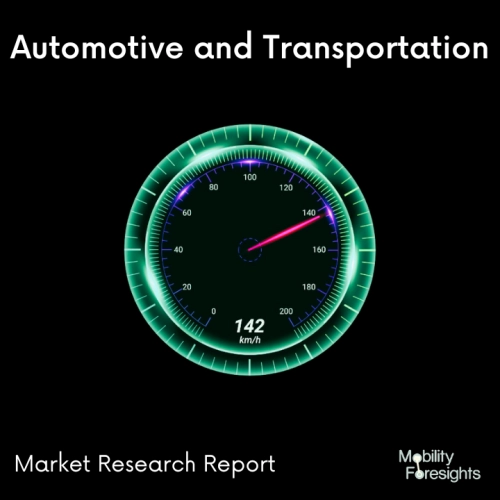
- Get in Touch with Us

Last Updated: Apr 25, 2025 | Study Period: 2023-2030
Battery balancing and battery redistribution are terms used to describe methods that extend the life of each battery cell and increase the capacity of a battery pack containing numerous cells.
An electrical component in a battery pack that balances the batteries is known as a battery balancer or battery regulator. Lithium-ion battery packs for laptop computers, electric vehicles, etc. frequently have balancers.
The battery management system must keep track of each cell's operational characteristics, including temperature, voltage, and occasionally current drawn, though the latter is frequently measured per-pack rather than per-cell and may include one-shot protection at the cell level against abnormally high current, in order to prevent undesirable and frequently unsafe conditions.
Discharging must halt when a cell first runs out of charge, even if other cells may still have sufficient charge, according to normal operation. A cell's maximum safe charging voltage must also be reached before charging may continue.
Failure to do either could result in long-term cell damage or, in the worst-case scenario, could flip the polarity of the cells, trigger internal gassing, thermal runaway, or other catastrophic failures.
The amount of energy that can be drawn from and put back into the battery will be constrained if the cells are not balanced so that the high and low cutoff are at least in line with the condition of the cell with the lowest capacity.
In comparison to the majority of regularly used battery chemistries, lithium ion rechargeable battery cells are somewhat more sensitive to overcharging of the battery pack, overheating, inappropriate charge levels during storage, and other forms of abuse.

The Title Name accounted for $XX Billion in 2022 and is anticipated to reach $XX Billion by 2030, registering a CAGR of XX% from 2023 to 2030.
Ateq, a company best known in the tyre industry for its TPMS solutions, has launched a battery management tool for industrial use. The battery module balancer is known as the EVB 5100 and is made for both electric and hybrid-electric vehicles.
The device is intended for rework stations in factories that make electric vehicle or battery manufacturing. The business claims that it "equalises voltage discrepancies between modules to enhance battery performance" by using "the most efficient and precise technology.
" The electric vehicle assembly factories cannot just assume the batteries they install in their electric vehicles are ideal, according to the justification for the introduction of EVs.
Underperforming batteries are probably the result of an imbalanced electric cell.A voltage divergence can be caused by minute variations in the module's capacity, temperature, state of charge, self-discharge rate, and impedance.
The malfunctioning module needs to be changed when an EV battery is determined to be defective.The new replacement module is charged or discharged to the same level of charge as the previous modules using the EVB5100 Module Balancer.
| Sl no | Topic |
| 1 | Market Segmentation |
| 2 | Scope of the report |
| 3 | Abbreviations |
| 4 | Research Methodology |
| 5 | Executive Summary |
| 6 | Introduction |
| 7 | Insights from Industry stakeholders |
| 8 | Cost breakdown of Product by sub-components and average profit margin |
| 9 | Disruptive innovation in the Industry |
| 10 | Technology trends in the Industry |
| 11 | Consumer trends in the industry |
| 12 | Recent Production Milestones |
| 13 | Component Manufacturing in US, EU and China |
| 14 | COVID-19 impact on overall market |
| 15 | COVID-19 impact on Production of components |
| 16 | COVID-19 impact on Point of sale |
| 17 | Market Segmentation, Dynamics and Forecast by Geography, 2023-2030 |
| 18 | Market Segmentation, Dynamics and Forecast by Product Type, 2023-2030 |
| 19 | Market Segmentation, Dynamics and Forecast by Application, 2023-2030 |
| 20 | Market Segmentation, Dynamics and Forecast by End use, 2023-2030 |
| 21 | Product installation rate by OEM, 2023 |
| 22 | Incline/Decline in Average B-2-B selling price in past 5 years |
| 23 | Competition from substitute products |
| 24 | Gross margin and average profitability of suppliers |
| 25 | New product development in past 12 months |
| 26 | M&A in past 12 months |
| 27 | Growth strategy of leading players |
| 28 | Market share of vendors, 2023 |
| 29 | Company Profiles |
| 30 | Unmet needs and opportunity for new suppliers |
| 31 | Conclusion |
| 32 | Appendix |